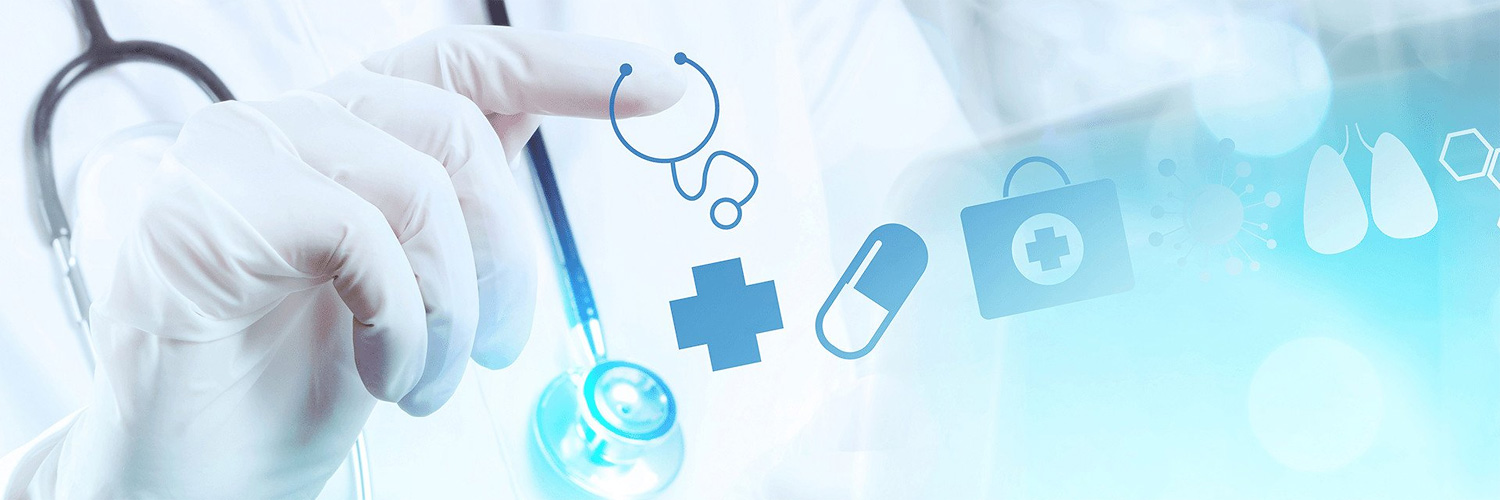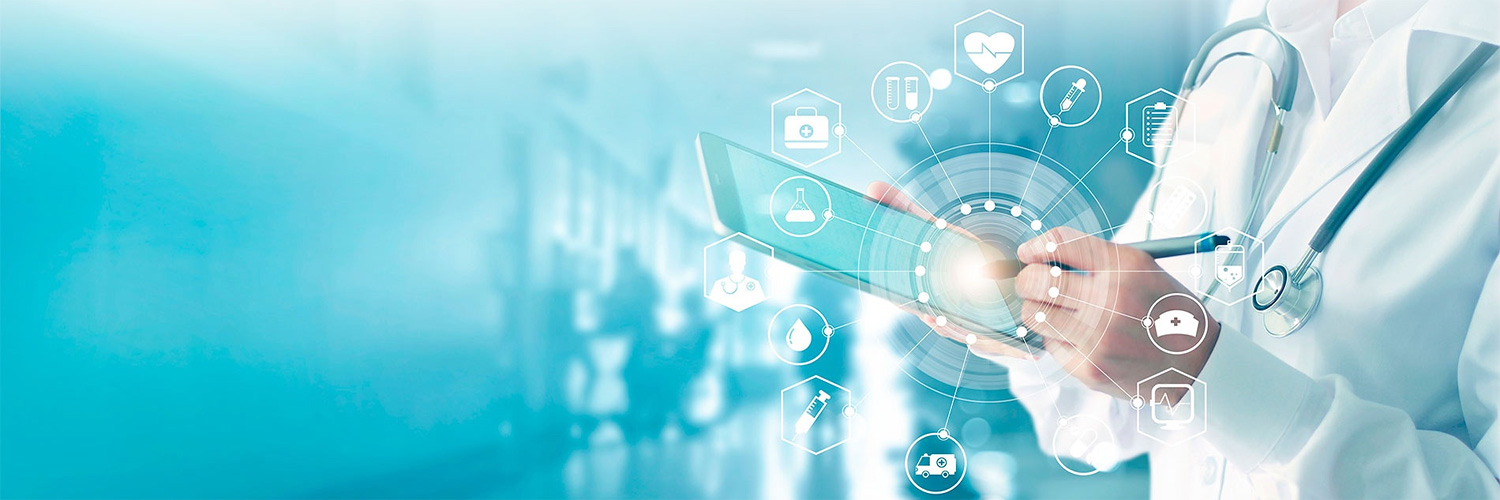Research
Comparative Aspects of Phenotypic and Genotypic Characteristics of Strains of ISMP Pathogens Isolated from Patients of a Large Multidisciplinary Hospital
Lukyanenko N. V., Sursyakova K. I., Safyanova T. V., Prokopyev V. V., Russkikh A. A.
Introduction: In recent decades, Russia, like the rest of the world, has seen a rapid increase in antimicrobial resistance (AMR) among pathogens causing infectious diseases. The development of drug resistance leads to microorganisms' ability to survive despite the use of etiotropic therapy. Alongside multidrug resistance (MDR), hypervirulence – associated with the acquisition of additional genetic material and the emergence of new genetic lineages – is becoming increasingly significant.
The purpose of the study: To conduct a comparative phenotypic and genotypic assessment of the main pathogens causing healthcare-associated infections (HAIs) isolated from patients in a large multidisciplinary hospital.
Materials and methods: The study involved whole-genome sequencing of 50 multidrug-resistant (MDR) strains isolated from patients with HAIs in a major multidisciplinary healthcare facility. The sample included 40
K. pneumoniae strains, 8
A. baumannii strains, and 2
P. aeruginosa strains obtained from clinical specimens in a multidisciplinary hospital. Pure cultures were isolated using bacteriological methods with blood agar and selective media – MacConkey agar (BioMerieux, France) and Levin agar (OXOID, UK). Antibiotic resistance was determined using the disk diffusion method.
The results of the study and their discussion. The study found that
A. baumannii most frequently caused HAIs in the form of systemic infections (50% of cases), which was 20.6% less than
K. pneumoniae. Genotypic analysis of
A. baumannii revealed the presence of acquired carbapenemase genes, including: OXA-48 (14.2%), OXA-23 (42.8%), OXA-40 (14.2%) and extended-spectrum beta-lactamase (ESBL) genes of the CTX-M group (28.8%). For
K. pneumoniae, the following resistance genes were identified: Metallo-beta-lactamases (MBLs) of the NDM group (14.6%), Carbapenemases of the OXA-48-like group (44.1%), ESBL genes of the CTX-M group (41.3%).
Conclusions: The comparative data on the genotypic resistance of
K. pneumoniae and
A. baumannii strains in a large regional healthcare facility highlight the clinical and epidemiological aspects of hospital-acquired strain formation. These findings help clinicians and epidemiologists identify high-risk groups for HAIs, adjust treatment regimens, improve preventive and infection control measures, and predict the emergence and spread of hospital-resistant strains.


